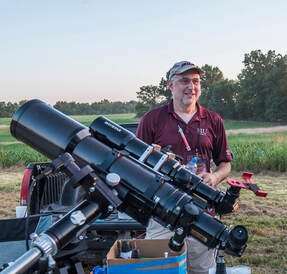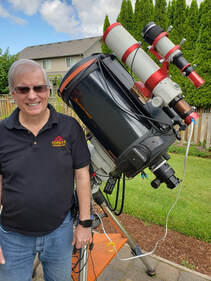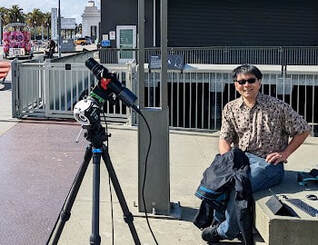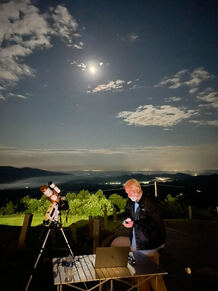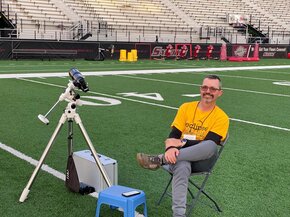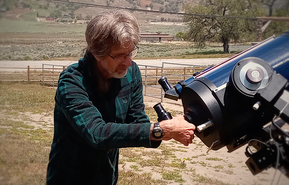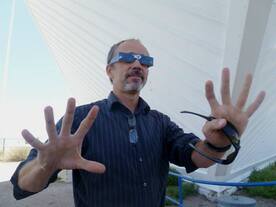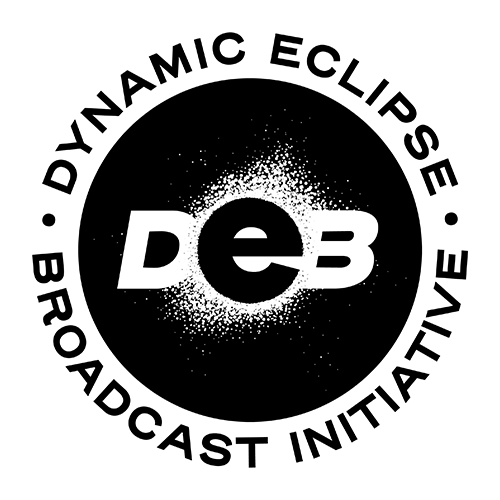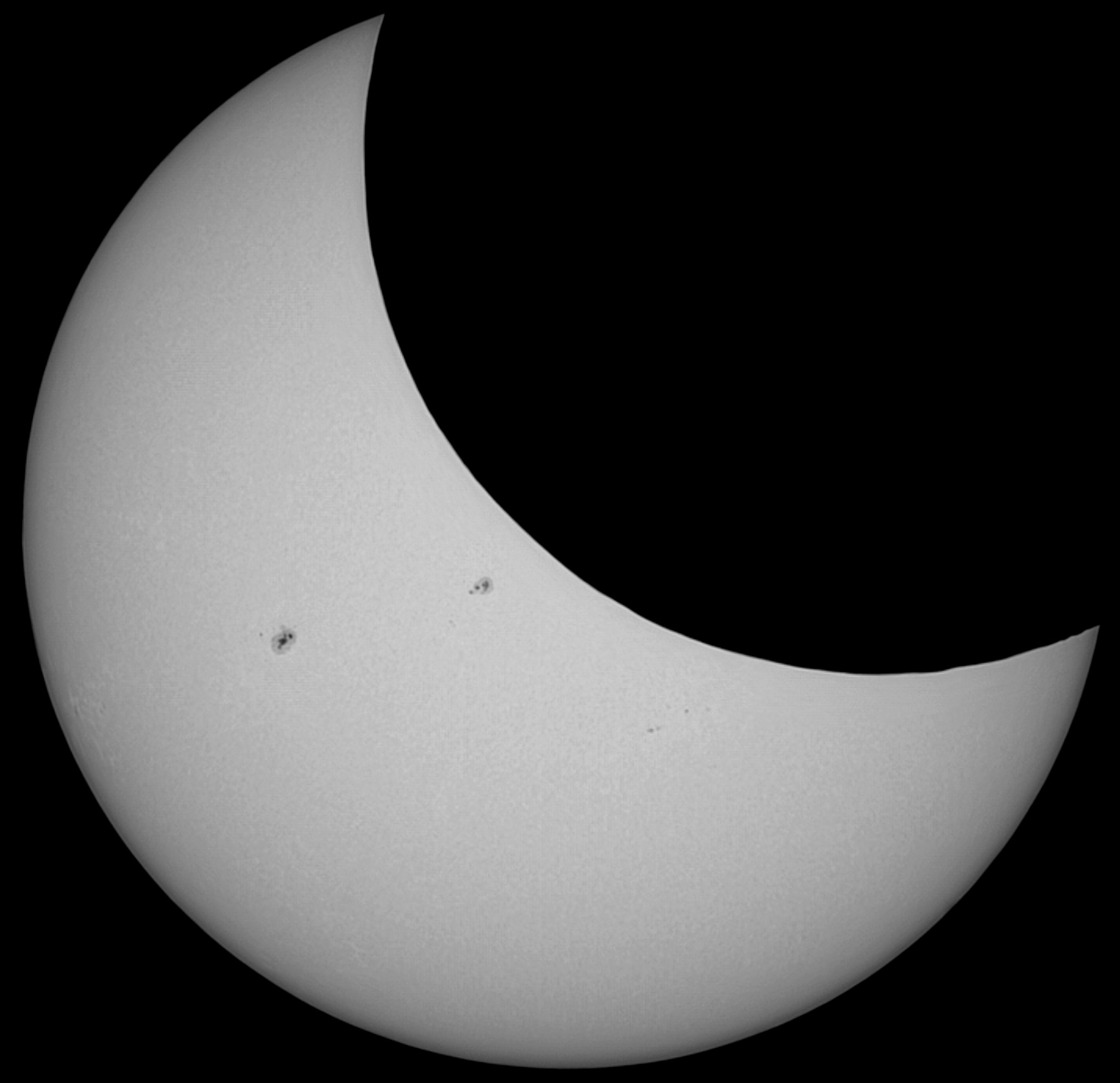Dynamic Eclipse Broadcast Initiative
The Dynamic Eclipse Broadcast (DEB) Initiative is a collaborative scientific effort to study the Sun’s inner corona – its lowest atmosphere – which is only visible during a solar eclipse. You can join a volunteer solar observation team and help solar scientists investigate the interactions between the Sun’s surface and its corona–-measuring the velocity of material in polar plumes, coronal streamers, and solar mass ejections.
Volunteer teams will receive training and equipment and conduct coordinated solar observations before and during the total solar eclipse on April 8, 2024. The DEB Initiative will also broadcast images from observing sites in near real-time so people away from the path can share the excitement. Volunteer teams can keep the eclipse observing equipment to make daily solar observations after the eclipse and/or participate in other NASA citizen science projects.
project task
Collecting data with special equipment
Division
Heliophysics
where
Outside
launched
2023
What you’ll do
- Use a telescope to make and share your own images of the solar eclipse.
- Learn how to use astronomical observation equipment, which you can use for future solar observations or your own research purposes.
- See movies of the solar corona that include your observations.
Requirements
- Time: Complete three half-day practices and commit to a full day of observing on April 8.
- Equipment: Telescope, tracking mount, and computer are required (and provided to selected teams). See the project’s website for details.
- Knowledge: None. Training videos are available online.
Get started!
- Visit the project website to learn more about what’s involved.
- The DEB Initiative is no longer accepting new teams for the April 8, 2024 total solar eclipse. However, if you would like to participate, you may do so by joining an existing team. High school and college students are especially welcome!
- Contact DEB.INITIATIVE@GMAIL.COM with your request.
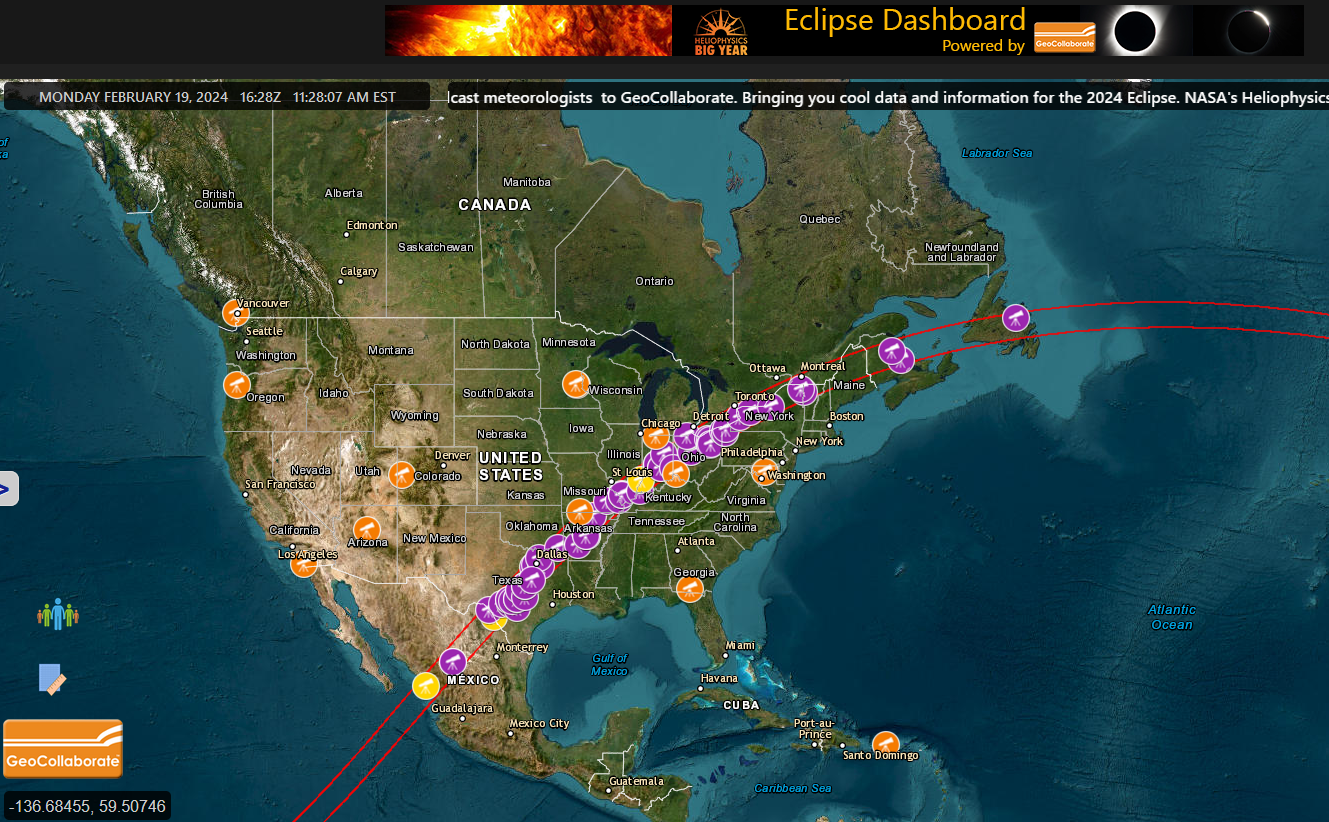
Learn More
You’ll find links to recent articles on the project’s website.
Check out the DEB Initiative Facebook Group for the most up to date information and images from practice observations.
The DEB Initiative is part of the Helio Big Year - follow that link to learn more about this yearlong celebration of heliophysics.
Get to know the people of the DEB Initiative!
